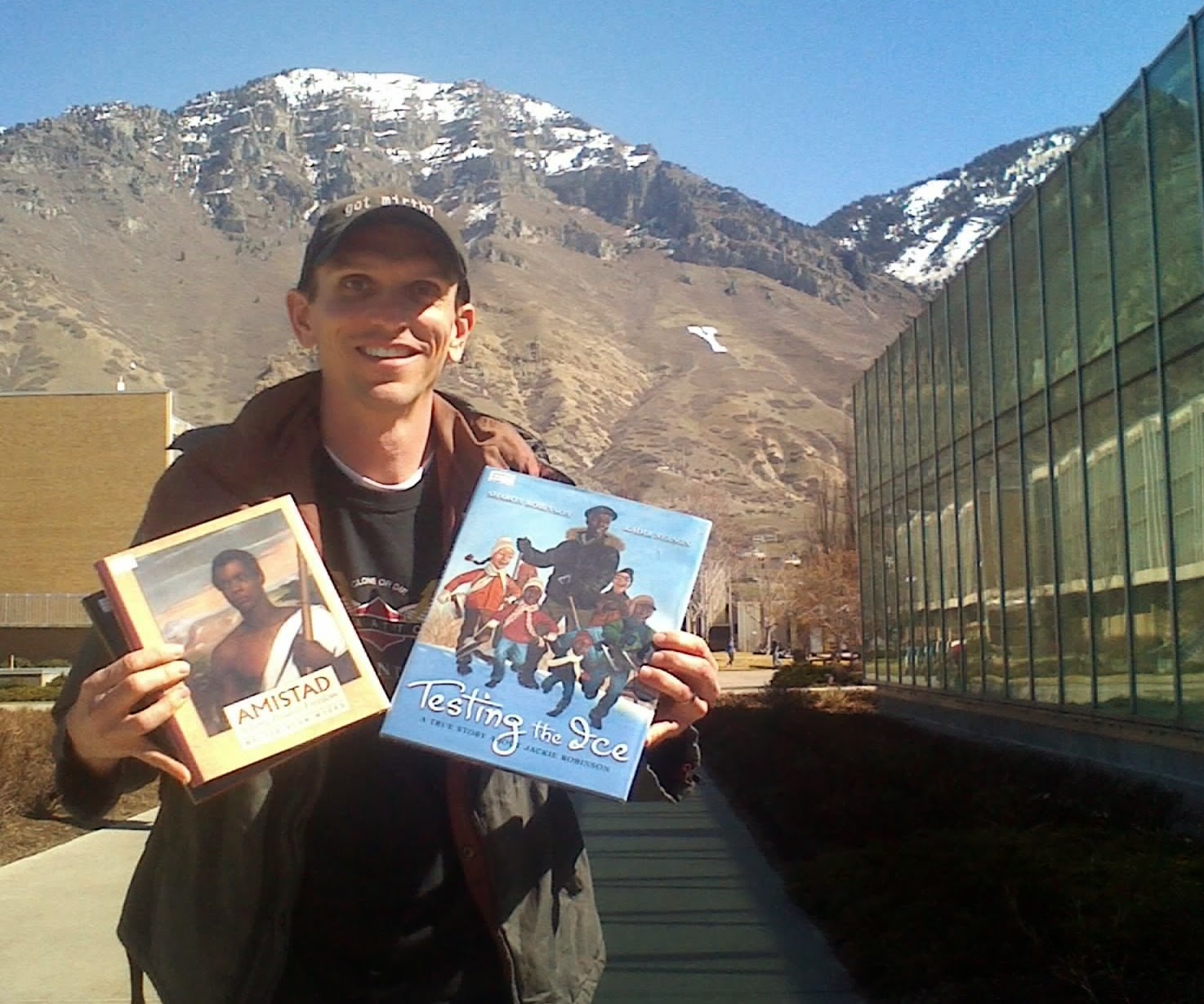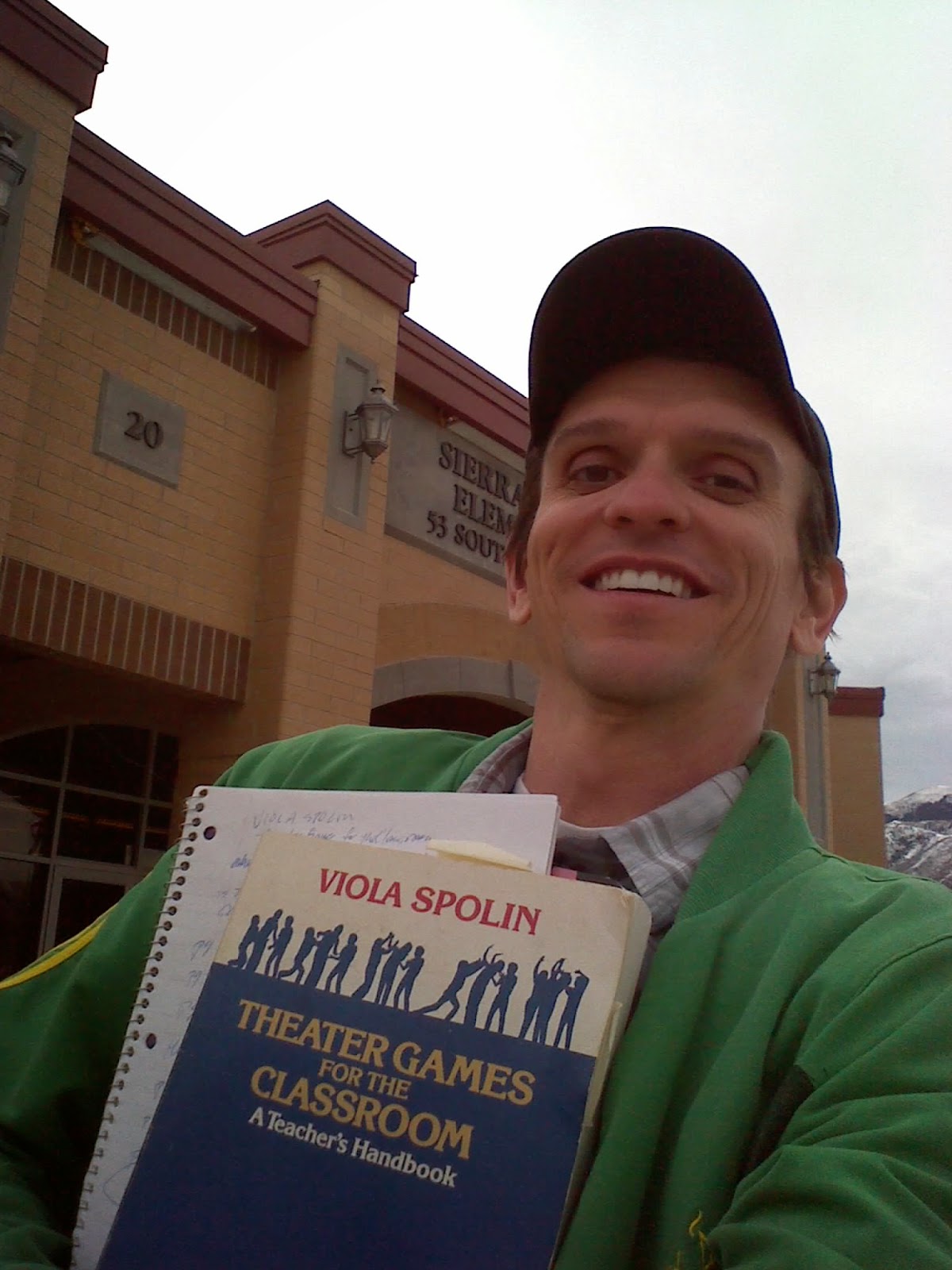Storytelling Lesson #2
Heroes
Overcome Obstacles
Overview:
Stories of “Good Guys” achieving success against
great odds, achieving definitive victory against those odds, seem to be
particularly satisfying to the human soul.
Whether the hero is likely or unlikely, with supernatural powers or only
luck, he or she, at some point, must overcome an obstacle. The obstacle must be overcome by strength
and/or ingenuity.
This is the ongoing struggle that human beings,
and perhaps especially children, face. A good Hero story inspires us to be
valiant in overcoming our own obstacles.
Materials:
Poster or projections of heroes, real and
fictional, some readily recognizable, others obscure. Include a variety of ethnic and genders,
current and historical heroes. Group the fictional heroes together and the
nonfictional heroes together. You will
need the group of fictional heroes for Lesson Three.
·
Horton
Hatches the Egg, by Dr. Suess, Random House, New York,
1968; or other “Hero” story, teacher’s choice.
·
White board and markers
Vocabulary: (as is appropriate for
grade level)
Fictional, real, hero, heroine, protagonist, main
character, “good guy”
Objectives:
·
Students will differentiate between
pictures (names) of real and fictional heroes.
·
Students will participate in pantomime of
large physical obstacle.
·
Students will generate a list of ways to
overcome the pantomimed obstacle.
·
Students will participate in sound and motion
during telling of the Hero story.
Procedure:
1.
Establish pantomime of an obstacle. For
example, you might say, “We’re going to pretend for a little while. Loook!
Look at this huge rock that’s right in front of me. It’s so tall I don’t know how I can get over
it. It’s so wide I don’t see how I can
get around it. What a problem! (Push and
pull the obstacle) I just can’t seem to
move this obstacle, this problem, at all.
Let’s call this big problem an obstacle. Whew! I’m tired. Can anyone think of a way I can get on the
other side of this obstacle?”
2.
Choose a student to describe his way of
solving the problem. Then invite the
student up to demonstrate his idea. Work
with him as a partner in the pantomime.
For example, if a student’s solution is to use a ladder and climb over
the top, volunteer to help him get the pantomimed ladder, and climb up, before
or after the student. Once you are both
on the other side of the obstacle, thank the child profusely. Ask him to “give me five”, or a similar victory
ritual. Then say to the child
“Hooray!” You overcame the
obstacle! You’re my hero!”
3.
Repeat step #2 at least two more times,
with alternate ways of overcoming the obstacle.
4.
Using the white board, write ”Good guys”. Ask students if it is reasonable to describe
all the pictured heroes as “good guys”.
Write the word “hero” on the board.
Share with students the fact that this is another term to describe “good
guys”.
5.
Write, “Heroes overcome obstacles.”
Ask for an example from the poster of a hero who overcame an
obstacle. Keep equating “solving a big
problem”, with “overcoming an obstacle. Wrote names of the various heroes on the board. Asked children to identify which are fictional, and which are real life heroes.
6.
Also, wrote on the board the words heroine, and protagonist. Told students
that these are also words that often describe the main character in a story.
This character is someone who overcomes an obstacle. (Heroine describes
a female hero.)
7.
Announced to students that you have a story
to share about a hero. Told them there
will be places during the story for the audience to help the storyteller.
8.
Read Horton
Hatches the Egg, potential places for the audience to join in the dramatic
story telling, from their seats, could be as follows (Note: Don’t forget to use
the illustrations as clues to help children infer what they can add to the
story through their sound and motion stories):
·
Invite the students to make the sound and
motions of a storm during” It poured and it lightninged! It thundered! It rumbled!”
·
“Soon it was Autumn. The leaves blew
away.” Sound of wind, motion of leaves
flying.
·
“…and said with a sneeze,” Invite students to sneeze as Horton would
sneeze.
·
“They taunted. They teased him.” Invite students to make “Nyaaa, nyaaa,
nyaaa, nyaa, nyaa” or other playground teasing noises.
·
“He held his head high, and he threw out
his chest…” Invite students to do the same taking Horton’s stance.
·
“Rolling and tossing and splashed by the
spray…” Invite students to make the sounds and motion of the ocean.
·
Invite students to make the appropriate
sounds during “A thumping! A
bumping! A wild alive scratching!”
·
Invite students to make the appropriate
sound after “…the egg burst apart!”
·
Invite students to repeat everything the
crowd says, such as “What’s this all about…?” And ”My goodness! May gracious!” and “My word! It’s something brand new! It’s an elephant-bird!”
·
“And they sent him home happy…” allow
students to provide “100%!”
9.
Review how this fictional character,
Horton, was the hero of the story, by helping students to identify the obstacle
Horton overcame. You might want to
compare his behavior to Mayzie’s or the hunters’ behavior.
Assessment:
·
Were students able to identify fictional and nonfictional heroes?
·
Did students participate in the dramatic
play of the Obstacle pantomime, including offering ways in which to overcome
the obstacle?
·
Did the students participate, as cued,
using sound and motion during the Hero story?
Integration/Correlation/Extension/Modification
·
Invite students to write or draw a picture
of a story in which they, themselves, are the heroes. The obstacle the hero overcomes should be
clearly identifiable.
·
Invite students to read Horton Hears a Who, also by Dr.
Suess. Encourage them to find places in
which the audience could add sound and motion to aide the storyteller in the
sharing of the story.
·
Ask students to think of more unlikely
heroes in unusual situations. (A lion
protecting a lamb, a mouse helping a cat,
a fisherman helping a fish to escape, a kindergartner saving a sixth
grader, etc.)
·
Concentrate on the concept of print hints
that help the reader understand how Dr. Suess would like the words to sound in
read aloud. Point out the italics and
bold print, the rhythm and rhymes, the punctuation marks, etc. which can help
the reader make creative choices in vocal expression such as tone, timber,
tempo, dynamics, word color, etc. have
volunteers work on different parts of the story to present to their classmates.
·
For older students: Ask students to represent a nonfictional
hero’s obstacle in a visual art medium.
(For example, a student might draw a picture of Jackie Robinson jumping
over a hurdle representing racism.)
Discuss how the hero story, told in words, can be translated into visual
art.
·
For older students: The hero of a story is most often the
protagonist of a story. However,
sometimes he/she is not. Challenge students
to take a hero story, and without changing the main plot points of the story
make another character the protagonist.
Tell the story from another character’s point of view.












